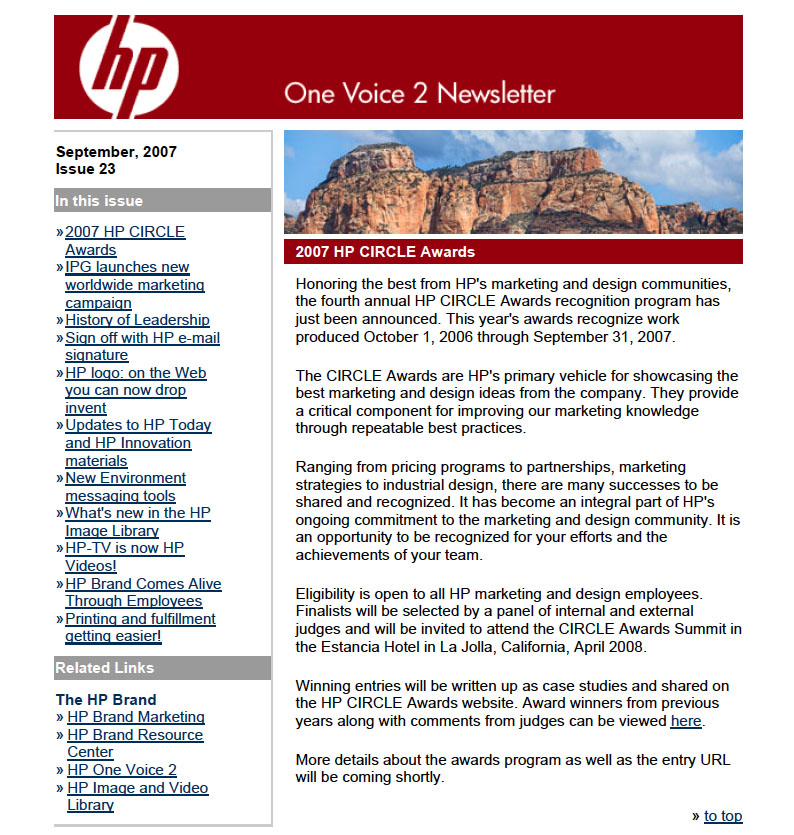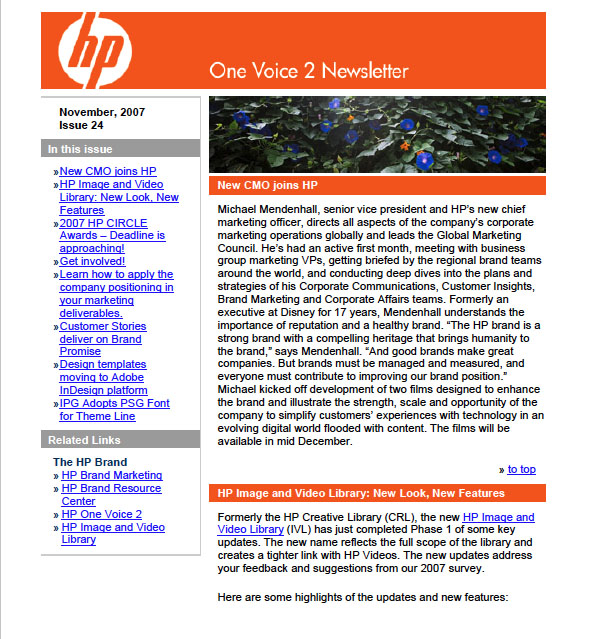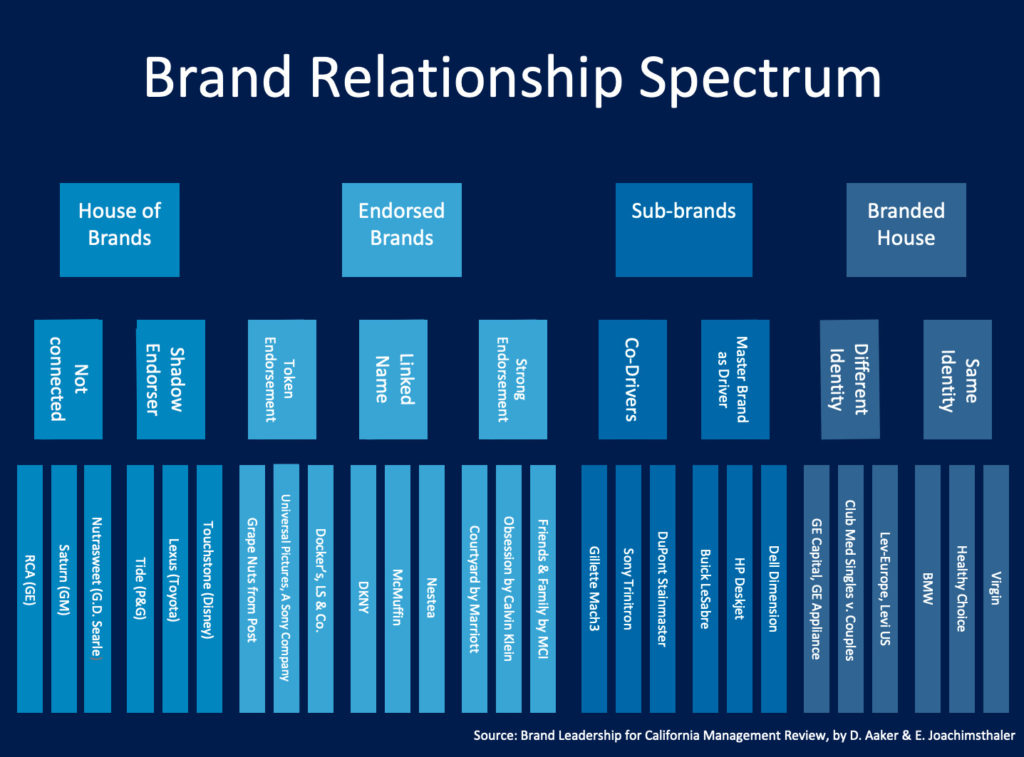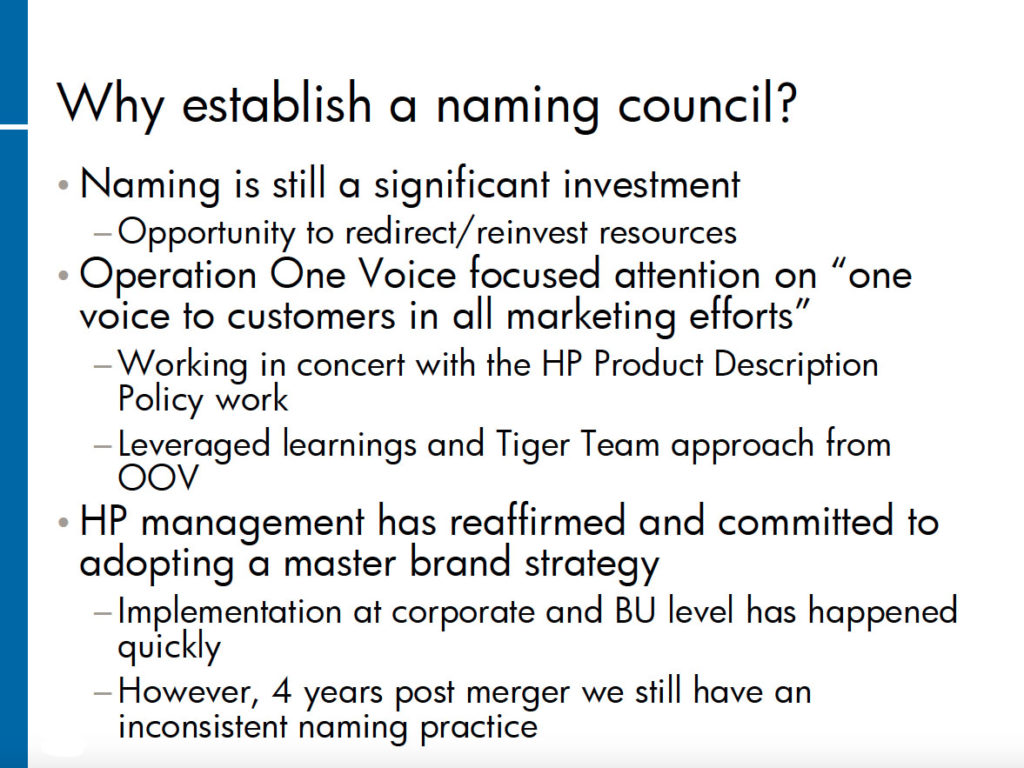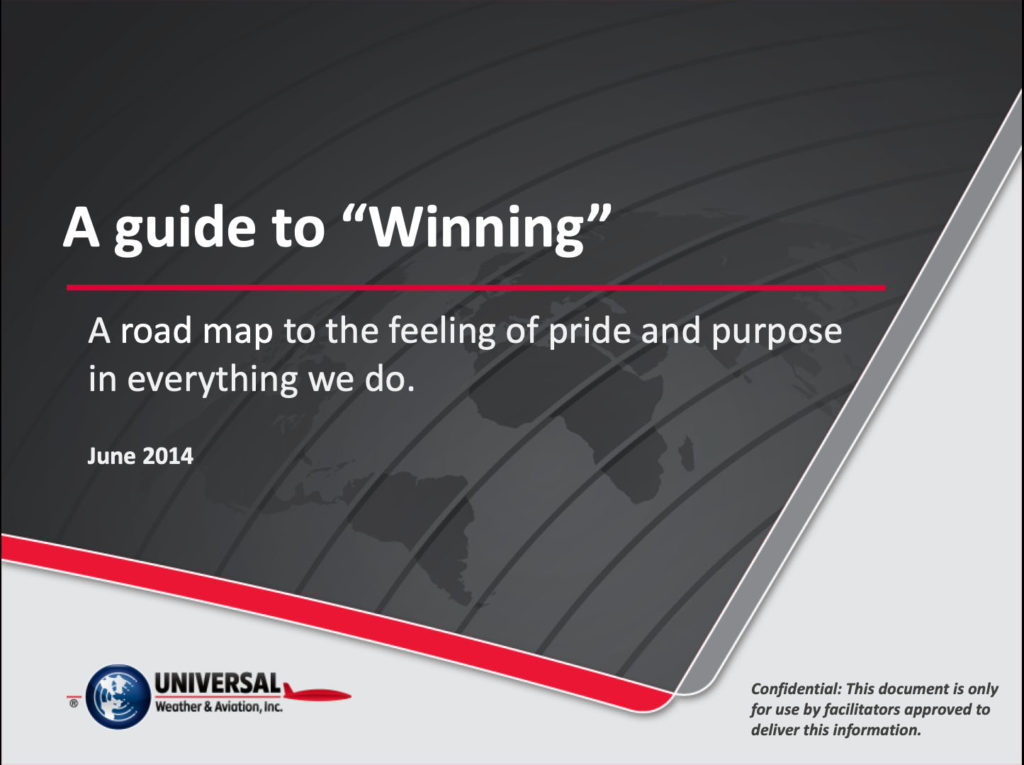Let’s get started today!
Your time is valuable, and GMS makes it a priority to respond quickly – not just at the beginning, but throughout the entire project. If you’ve got a question or concern, reach out to us by phone or use the form on this page.

